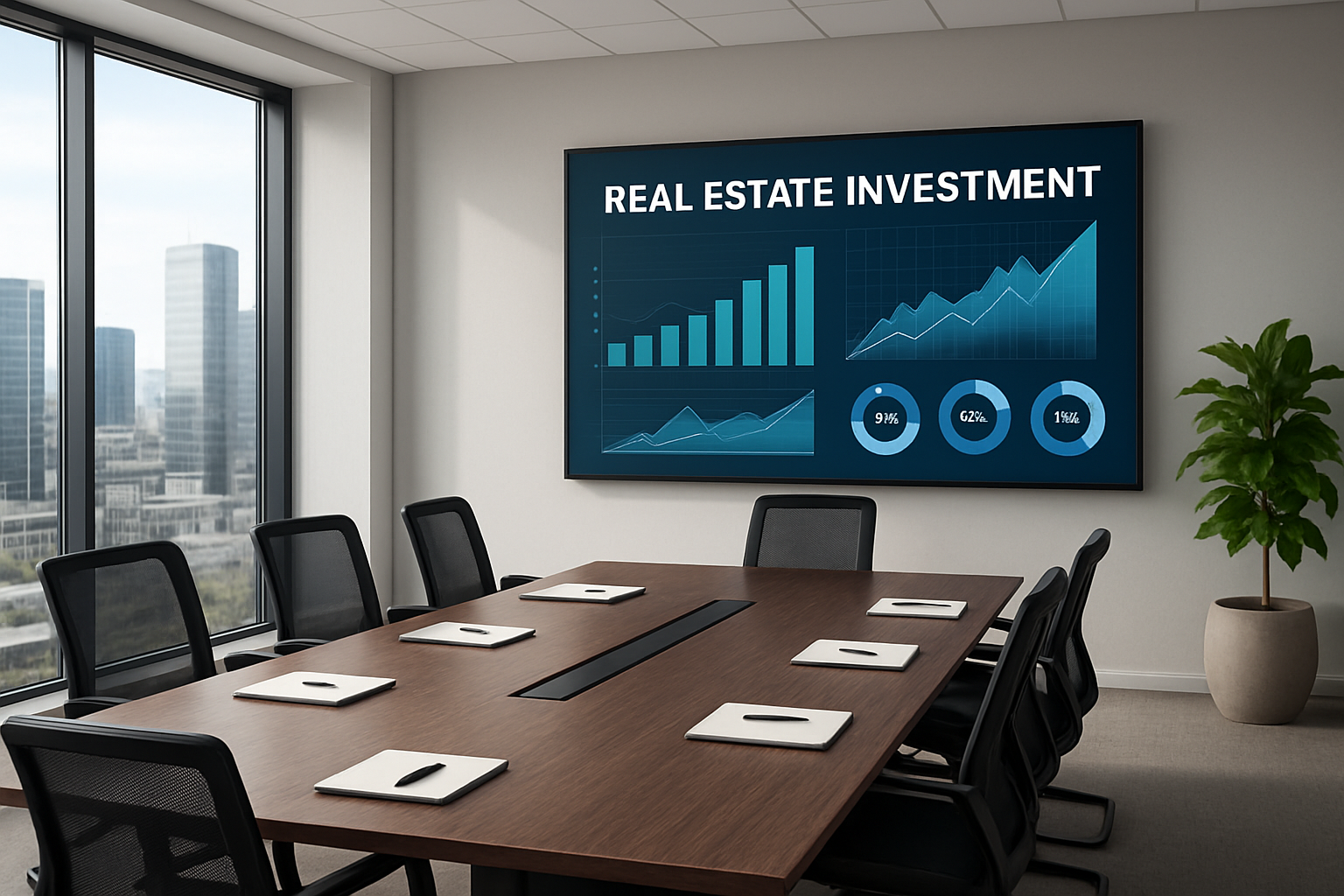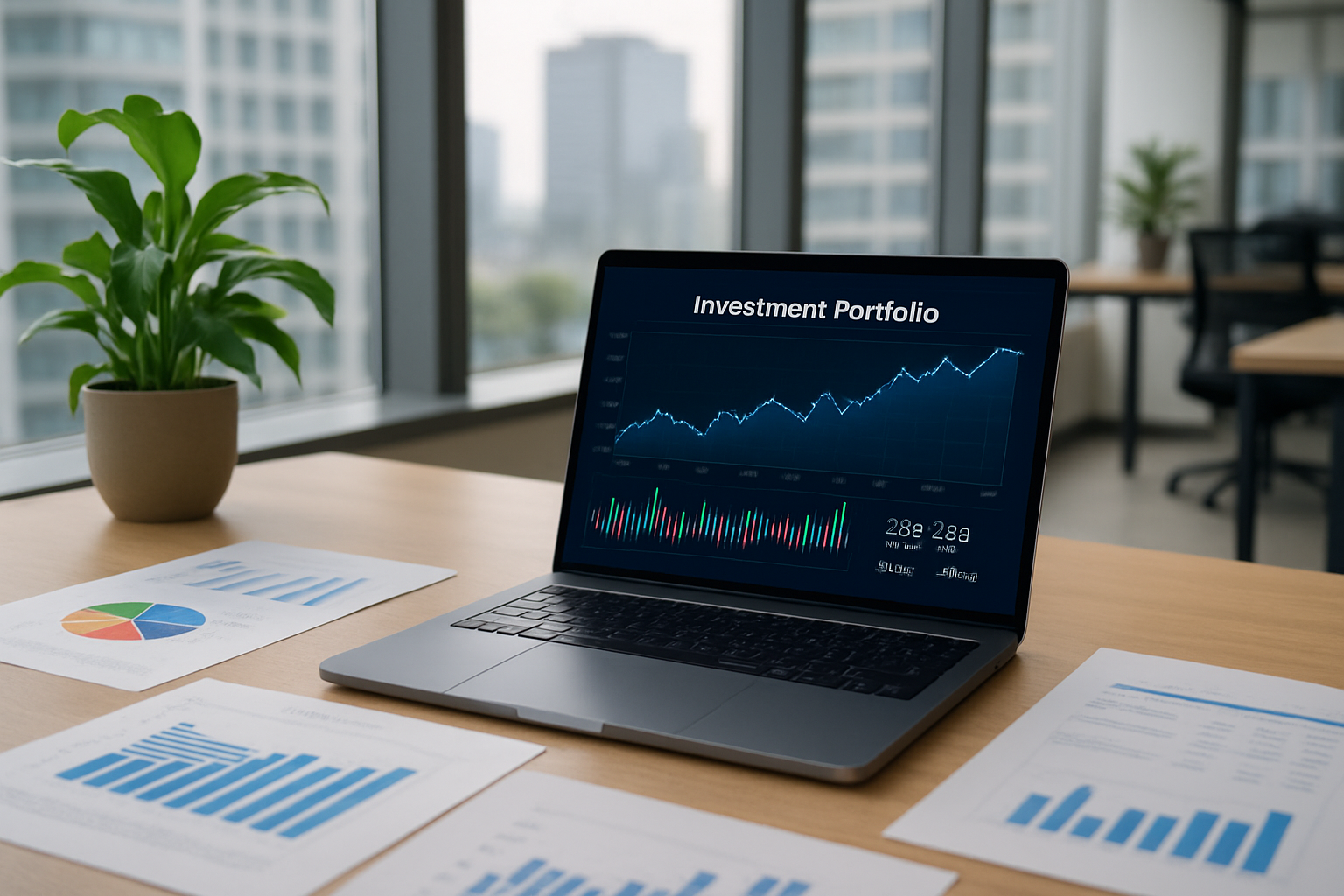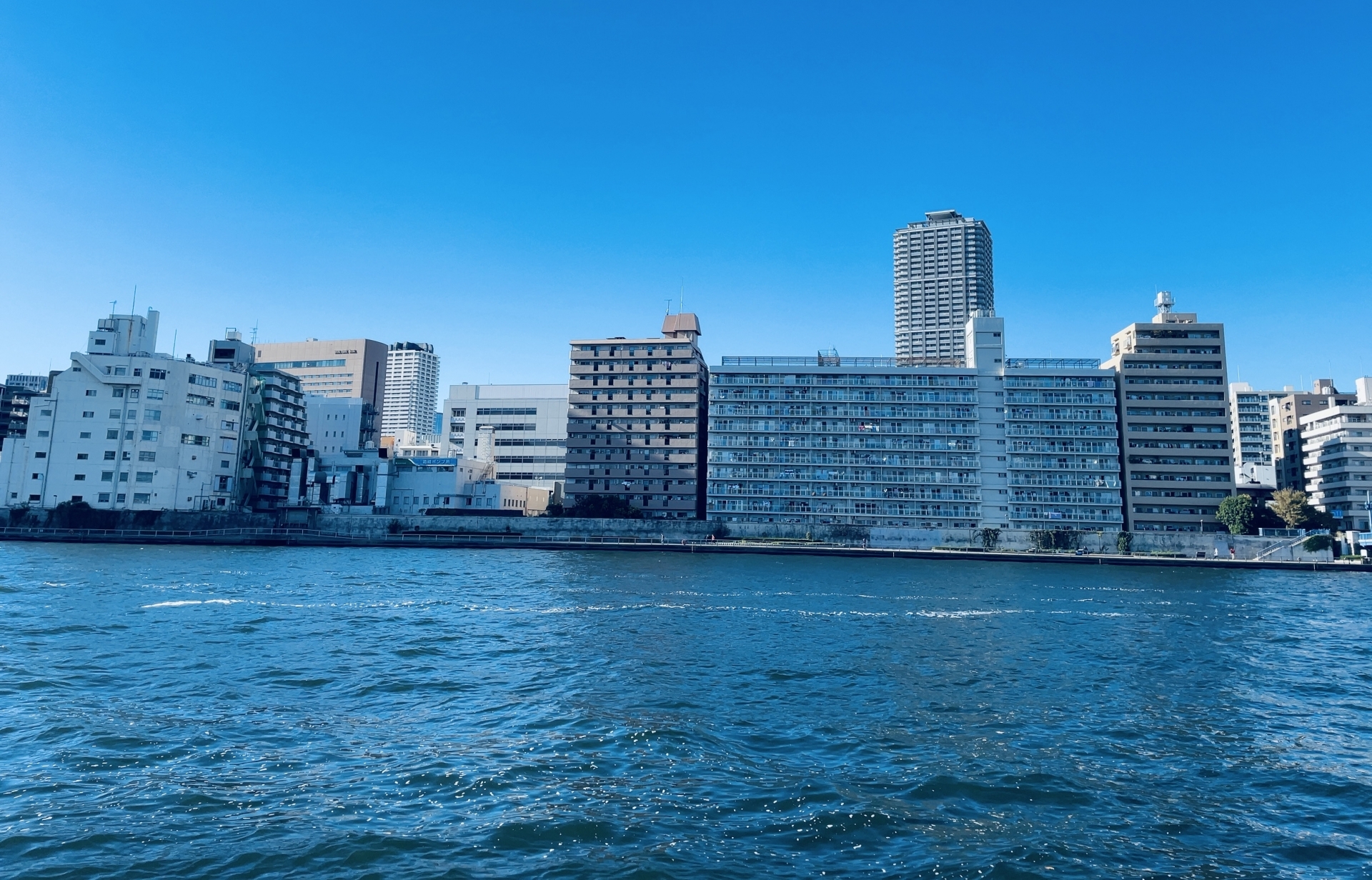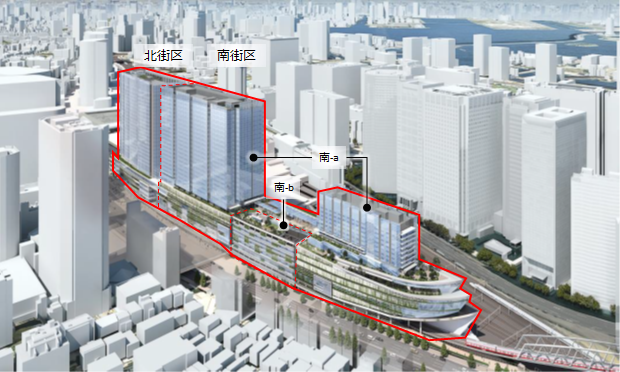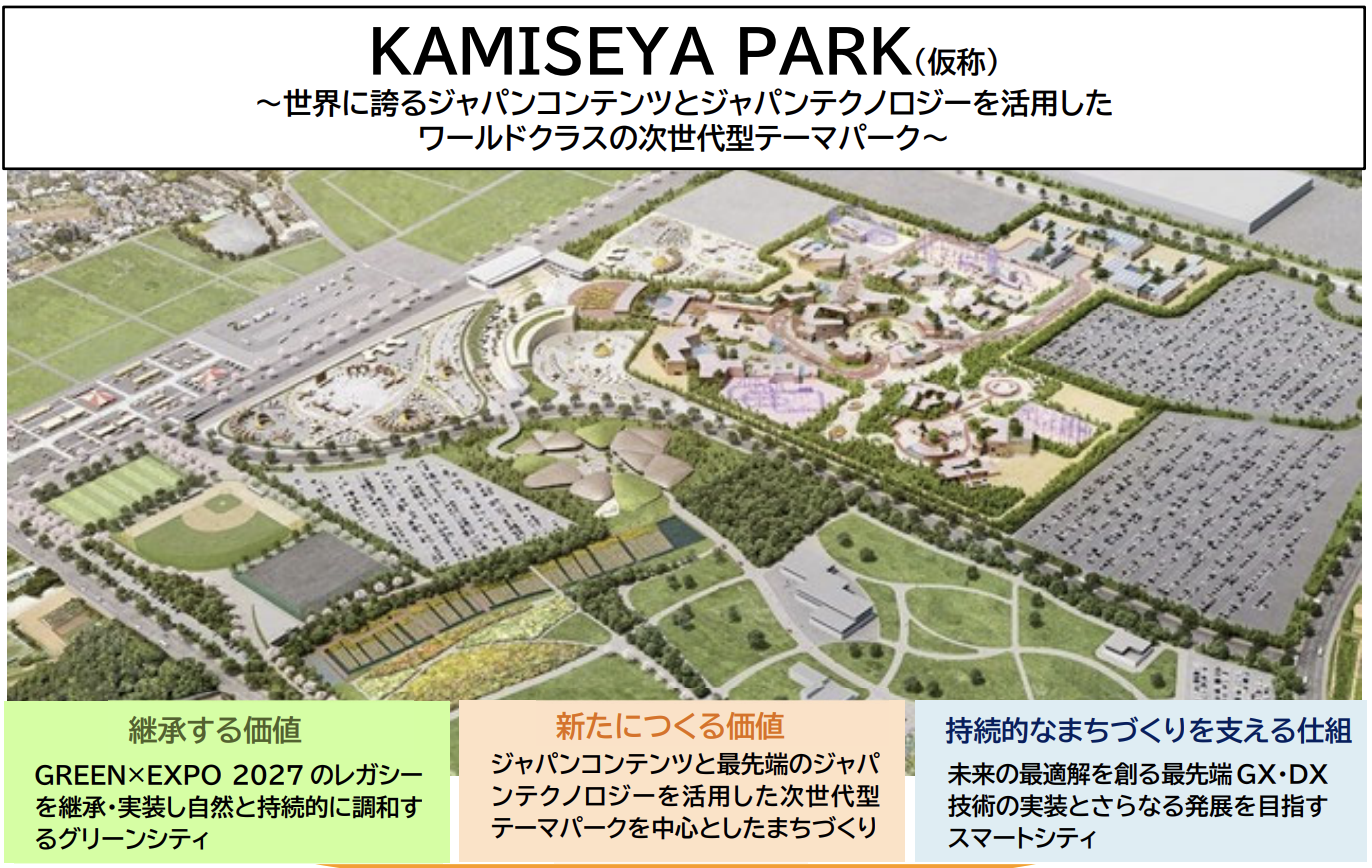Management fees (sometimes called common area maintenance fees) for rental condominiums and apartments are monthly fees collected from tenants to maintain and manage the building and common areas. Specifically, these fees include cleaning costs for common areas by caretakers and cleaners, electricity costs for common areas such as entrances and elevators, maintenance and inspection costs for common antennas, and maintenance costs for flowerbeds and plantings. According to the definition by the Federation of Real Estate Fair Trade Councils of Japan, they are "expenses required to handle the affairs of the condominium and to maintain and manage the facilities and other common areas," and "include taxes and public dues for common areas, but do not include reserve funds for repairs.
Under the law, the amount and collection method of management fees are not clearly defined. Therefore, management fees in rental properties are generally determined at the discretion of the owner. Although the management fee is often set separately from the rent in the lease agreement, it can be regarded as part of the rent in reality. For example, the Ministry of Land, Infrastructure, Transport and Tourism's Standard Agreement for Rental Housing stipulates that common service charges (management fees) are to be paid by tenants to cover "actual costs necessary for the maintenance of common areas," but also states that such fees can be revised upon consultation if they become unreasonable due to increases or decreases. In other words, the management fee is legally treated as rent, but it can be said to be an expense that has the character of recovering necessary expenses as a common-area maintenance cost.
Main Items Included in Management Fees - Examples of Common Area Maintenance
What are the expenses covered by the management fee? The main items are the overall costs associated with the maintenance of the common areas of the building. The following is a typical breakdown
-
Utility and water charges for common areas: These are the electricity and water charges for common areas such as hallways, stairs, elevators, and entrance lighting. For example, this includes the cost of replacing light bulbs for nighttime lighting and security lights, and the cost of power electricity for elevators.
-
Cleaning fee: This is the cost of daily and periodic cleaning of the common areas of the building. This includes the cost of arranging cleaning staff, cleaning tools and detergents, etc. to keep the garbage disposal areas, entrances, stairways, etc. clean. This is essential for maintaining aesthetics and hygiene.
-
Equipment maintenance and inspection costs: These are the costs for periodic inspections and maintenance of building equipment such as elevators, firefighting equipment, water supply and drainage pumps, and common antennas. Legal inspections by specialized contractors and repairs in the event of breakdowns are also paid for here. These are preventive maintenance costs to ensure the safe operation of facilities.
-
Personnel expenses for janitors and security guards: Salaries for janitors and outsourcing expenses to security companies. For properties that have a full-time caretaker on duty during the day or patrols during the night, the personnel cost is included in the management cost. This item accounts for a large percentage of the cost of high-end properties that offer extensive services, such as concierge services.
-
Planting and exterior maintenance costs: These costs are for environmental beautification, such as pruning of plants and trees on the property, weeding, pest control, and maintenance of planting strips. Regular maintenance of plantings is important for maintaining a good living environment, as neglecting green space management can lead to landscape deterioration and pest infestation.
-
Insurance premiums: In some cases, property insurance premiums such as fire insurance and liability insurance for the entire building are also paid from management fees. If an insurance policy is in place to cover accidents and disasters in common areas, the cost of the insurance premiums may be covered by the management fee income.
-
Expenses for consumables: Expenses for consumables that need to be replaced periodically, such as light bulbs and fluorescent bulbs in common areas, refill chemicals for fire extinguishers, and filters for tea machines and water purifiers. These are minor items, but they are necessary expenses to maintain a comfortable environment for the use of common facilities.
As described above, management fees are mainly used to cover expenses that contribute to the common interests of all residents. They cover the actual costs of maintaining and managing the common areas, and usually do not include the repair reserve fund (a fund for future large-scale repairs) or the cost of repairing equipment in the exclusive areas. It should be noted that in the case of rental properties, there is no clear difference between management fees and common service fees, and they are often used synonymously.
How to set appropriate management fees - Market rates and calculation points
Setting the amount of the management fee can be a headache for owners. Since the amount is not set by law, it is necessary to calculate a reasonable level based on local market prices and the size and characteristics of the property. In most cases, the management fee for a typical rental house is 5-10% of the rent. For example, if the rent is 80,000 yen, the management fee should be around 4,000 yen, and if the rent is 50,000 yen, 2,000 to 3,000 yen. This ratio will rise or fall depending on the grade of the condominium and the quality of the facilities, and tends to be higher (sometimes over 10,000 yen) for properties with elevators, auto locks, and other maintenance-costly facilities.
In order to set an appropriate management fee, it is essential to first identify how much is actually spent on the maintenance of the property. The basic method is to estimate annual costs such as utilities for common areas, cleaning contract costs, and legal inspection costs, and then divide them proportionally by the number of units. Check the obtained figures against the market rates for management fees of similar properties in the neighborhood to see if there are any extreme discrepancies. If the management fee is set too high, it will have a negative impact on tenant recruitment, while if it is set too low, it may increase the owner's out-of-pocket expenses. The standard of the property's facilities should also be taken into consideration. If a property is equipped with a wealth of additional facilities, such as security cameras and delivery boxes, running costs will increase, and if the management fee is not set to include these costs, the property may end up in the red in the future.
Also, consider the balance with rent. Tenants compare properties based on the total amount of rent and management fees, so it is important to keep the total to a level that does not seem overpriced. In recent years, some properties have been advertised as having no management fee, but in many cases, this is simply added to the rent, and the actual burden is the same. There are circumstances in which tenants who receive rent subsidies on a rent basis may find it more advantageous to have the management fee included, but in general, it is important that the total amount is appropriate, even if the details are divided into different categories.
As an example of calculation, if the total annual common area maintenance cost is 1.2 million yen and the total number of units in the property is 10, the required management fee would be 120,000 yen per unit per year or 10,000 yen per month. Based on this estimate, one method is to slightly increase or decrease the amount in consideration of competing properties and market trends to arrive at the final management fee. In order to determine the appropriate amount, it may be useful to ask the opinion of the management company or a real estate expert. Since both too high and too low management fees can create problems, they should be carefully set based on both actual costs and market rates.
Balance and Proper Management of Management Fees - Relationship to Owner Profit
The management fees collected are funds entrusted to the owner for the maintenance of common areas. Ideally, it is desirable to clarify which items and how much of the collected management fees have been spent, and to operate the property in a way that balances income and expenses. If there is a surplus over the actual cost of maintaining the common areas, the owner will benefit. However, the management fee is originally intended to cover the "actual cost of maintenance and management" and should not be used for the purpose of making an unjust profit. In reality, the rental owner is obligated to continue to pay utility and cleaning fees for common areas regardless of whether or not there is a management fee. In other words, whether or not a separate management fee is received, it is a cost that will always be incurred by the owner, and if a management fee is set, it is positioned as a portion of the cost to be borne by the tenants. In extreme cases, the separation of rent and management fee itself is merely a matter of presentation and calculation, and is in effect a part of the rental income.
Even so, how the management fee is handled once it is in the owner's hands affects the building of trust. If the monthly management fee income greatly exceeds the cost of maintaining common areas, tenants may ask, "What is the excess being used for?" If the monthly management fee income exceeds the common-area maintenance fee by a large amount, the tenants may distrust the company. Conversely, a situation in which management fee income alone is not sufficient and the owner bears the shortfall is also a sign that the management fee should be reconsidered. In sound rental management, it is important to keep proper accounting of management fee income and actual expenses, and control the income and expenses so that they do not deviate greatly from each other. If possible, the company should conduct an income/expense statement for each fiscal year to grasp which items and how much expenses were incurred, and reflect this information in the next year's management plan. This PDCA cycle of management costs will enable you to control wasteful spending and balance the owner's profit with the tenant's burden.
In reality, detailed disclosure and reimbursement of management costs are rarely performed in rental management. Therefore, in many cases, tenants pay the management fee as "a part of the rent." However, owners need to be aware that if they neglect this opaqueness, it could lead to trouble. If there are complaints or disputes over the management and common-area fees, such as, "We think we are paying more than the actual cost," or "If there is a surplus, we want a refund," it will take a lot of time and money to deal with the situation. In order to avoid such a situation, it is in the long-term interest of the owner to collect only the necessary amount of management fees and to use them appropriately.
Importance of Periodic Review of Management Fees - Responding to Price Fluctuations and Equipment Renewals
The amount of the management fee is not the end of the process once it has been set, but a periodic review is also something to consider. The structure of common area maintenance costs can change with the passage of time and changes in social conditions. For example, due to recent price increases and energy price hikes, there have been cases where cleaning and electricity costs have increased since the initial contract was concluded. If the common-area maintenance fee becomes "unreasonable due to an increase or decrease in maintenance costs" as a result of such price fluctuations, the management fee can be revised upon consultation in the lease contract. As an owner, you are required to check the income and expenditure every few years and review the management fee amount as necessary.
One good time to review the management fee is at the time of contract renewal. Just as rent increases or decreases are negotiated at the time of renewal, management fees can be proposed to be revised according to the actual situation. However, since tenants are less aware of management fees than they are of rent, careful explanation is essential when raising them (details are discussed in the "Accountability" section below). On the other hand, if actual costs are lowered or if you wish to differentiate your property from competing properties, you may consider lowering the price or making it free of charge. A strategy could be taken to increase tenant satisfaction and encourage long-term occupancy by lowering management costs and reducing total costs.
Renewal of equipment or changes in operation methods can also provide an opportunity for review. For example, if maintenance costs are reduced by renewing elevators, or if a new solar power generation system is installed to provide part of the electricity for common areas, maintenance costs can be expected to decrease in the future. On the other hand, if new maintenance costs are incurred by adding security cameras or installing high-performance auto-locks, it may be necessary to add management fees. Furthermore, as the building ages, older equipment tends to break down more often, increasing maintenance costs. In this case, too, it is important to adjust management fees in line with long-term repair plans and equipment renewal plans, and to take preemptive measures to avoid excessive burdens on owners.
The balance with tenant satisfaction must not be forgotten. The management fee review is not only for the convenience of the owner, but also to adjust the balance between the cost burden and the level of service perceived by the tenants. For example, even if management fees increase due to the renewal of outdated facilities, tenants may understand the increase if it leads to an improvement in comfort. Conversely, if the management cost is lowered by reducing services (e.g., eliminating the resident caretaker system and switching to patrol management), it is necessary to carefully assess the advantages and disadvantages for the tenants. Understanding tenants' opinions through periodic surveys and responses to inquiries, and maintaining a balance between appropriate management services and cost burdens will contribute to long-term stability of rental management.
Conclusion - Management Fee Management Tips for Practical Use
We have provided a wide range of information on management fees collected from tenants, from basic definitions to breakdowns, setting methods, operational considerations, and the latest trends. For rental owners, management fees are not just an income item, but a resource for maintaining property value and tenant satisfaction.
In practice, management fees are often received and treated as "a part of rent," but it is important for owners to take a step further and reaffirm the original role of management fees. They are important money entrusted by tenants and should be returned to create a comfortable living environment. If management fees are properly utilized to maintain the attractiveness of the building, it will ultimately lead to the owner's own benefit in the form of lower vacancy rates and improved asset value. Conversely, neglecting the management fee management can lead to building deterioration and tenant turnover, which in the long run can lead to business deterioration.
We urge you to review the setting and operation of management fees for your own properties, referring to the points and specific examples outlined in this article. Appropriate management fee management will bring peace of mind and satisfaction to tenants, which in turn will return to the owner in the form of stable rental management. Let's practice rental management that wisely utilizes management fees while incorporating both professional and tenant perspectives in a well-balanced manner.

Daisuke Inazawa
Representative Director of INA&Associates Inc. Based in Osaka, Tokyo, and Kanagawa, he is engaged in real estate sales, leasing, and management. He provides services based on his extensive experience in the real estate industry. Based on the philosophy that “human resources are a company's most important asset,” he places great importance on human resource development. He continues to take on the challenge of creating sustainable corporate value.

.png)



